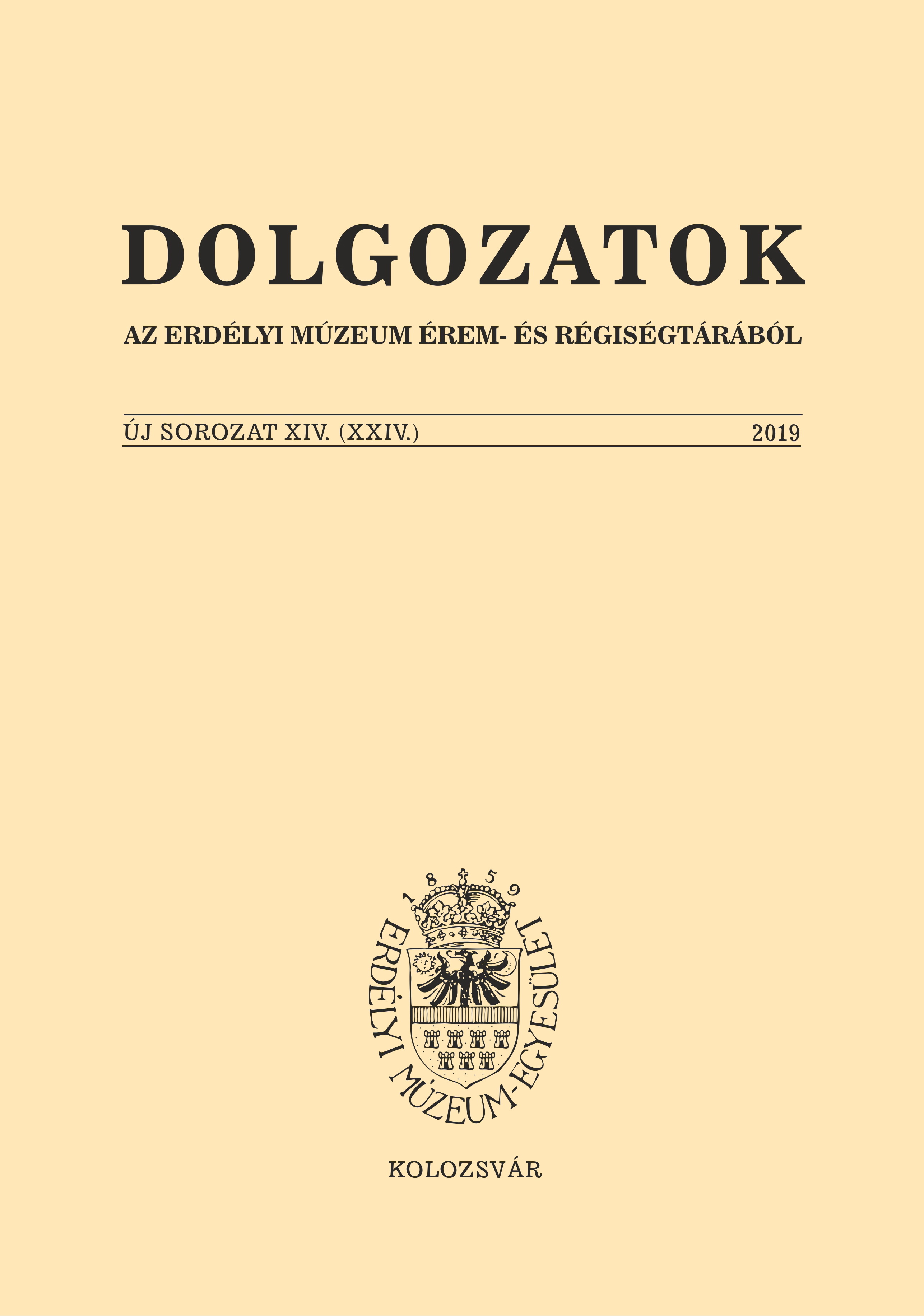Egy elfeledett marosvásárhelyi házsor történetéből. Építkezések a századfordulón a Kossuth Lajos utca külső szakaszán
From the History of a Forgotten Row of Houses. Constructions on the outer Section of the Lajos Kossuth Street at the Turn of the 20th Century
Author(s): János Orbán, Erika OnigaSubject(s): Architecture, History of Art
Published by: Erdélyi Múzeum-Egyesület
Keywords: Târgu Mureş; Historicism; town structure; architecture; Austro-Hungarian Monarchy
Summary/Abstract: The study presents the previously unknown history of a row of houses preserved in the outer part of today’s Călărașilor Street in Târgu Mureş but known as Lajos Kossuth Street at the turn of the century, with special focus on the architectural development of a quarter century just before the First World War. The construction history of ten houses, which even today represent striking elements of the street view, is explored based on archival sources. Though the street leading to the Mureş River existed most probably already in the early modern period, the outer part of the street was finally built-in only in the period of the Austro-Hungarian Empire. Thus, the houses discussed here are mainly monuments that represent the Historicism, which vigorously bloomed in the years before the turn of the century. The façade sculpture of Béla Bányai (1896) and the decorative brick cladding of the house of József Éltető (1897) remind of mainly Renaissance Revival solutions. The shell decoration on the house of Miklós Csiky (1900) and the window gables of Jakab Katzer and Márton Mónus (1902) were inspired by the repertory of Baroque Revival forms, which spread in the town with some delay. The storey façade of Pál Milhofer and Mór Kaudersz (1905) recall the traditions of Historicism in their structure and the world of the Vienna Secession in their decorative details. The house of Adolf Godt (1912) reflects the simplicity of the geometric Art Nouveau. The level of execution in most cases is specifically good. With the exception of one of the houses the others have only ground floor and most of them functioned as family houses. Their ground plan layout in their mature form is L-shaped with two or three rooms overlooking the street and a wide gateway, and in the courtyard wing any number of rooms. The range of clientele reflects the multicolored world of the middle class of Târgu Mureş from the Austro-Hungarian period: in 1860 the son of János Lázár, bearing the same name, built a house in the region, and Ede Keszler, first lieutenant, who had bought the house from him, was the child of a wealthy owner of a distillery. Landowner Gergely Patrubány, member of the county legislative committee and his son Miklós, bank director, were the members of an Armenian family which played an important role in the economic life of the town, just as the merchant Miklós Csiky. The patrons of the two most spectacular façades, Éltető and Bányai, were master butchers. Márton Mónus was a wellknown building contractor, who later started a wood industry enterprise. Merchant Jakab Katzer and tinsmith Adolf Godt represented the growing Jewish middle class among those, who constructed houses in this area. Pál Milhofer and Mór Kauders were active entrepreneurs in the field of spirits manufacture. In spite of their architectural qualities the attention of the national monument protection did not extend to these buildings, which means that they are not protected neither on a national nor on a regional or local level. None of them is enlisted in the list of monuments and moreover, nor does the demarcated townscape ensemble extend to this section. Thus, these houses defy time, their condition is constantly deteriorating, demolitions are regular in this area just as the unauthorized interventions. Hopefully our results will enforce their place in public consciousness and monument registers as important local monuments of Historicism and Art Nouveau of the townscape.
Journal: Dolgozatok az Erdélyi Múzeum Érem- és Régiségtárából. Új sorozat
- Issue Year: 2019
- Issue No: XIV
- Page Range: 21-79
- Page Count: 59
- Language: Hungarian

